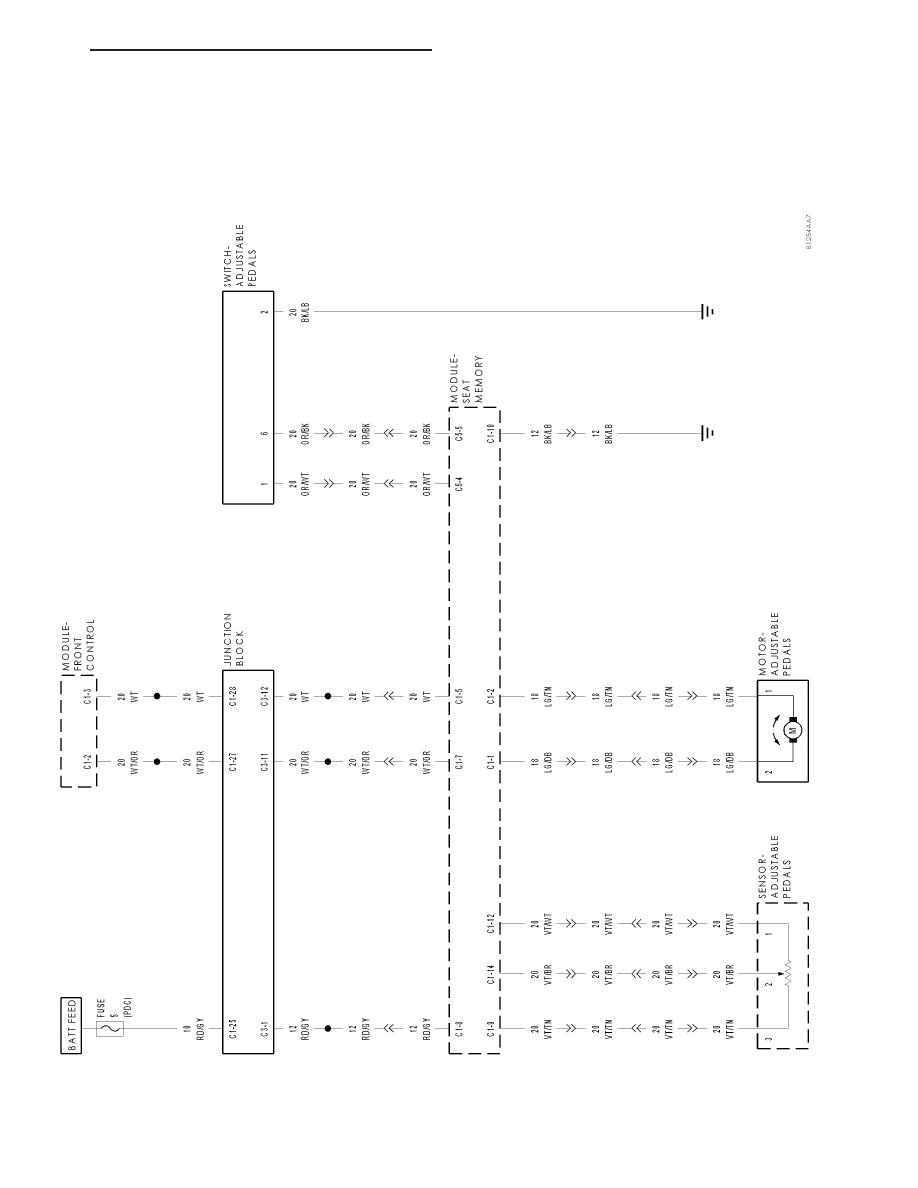Dodge Durango (HB). Manual - part 123

SCHEMATICS AND DIAGRAMS
ADJUST
ABLE
PEDALS
SYSTEM
HB
BRAKES - ABS ELECTRICAL DIAGNOSTICS
5 - 271
|
|
|

SCHEMATICS AND DIAGRAMS ADJUST ABLE PEDALS SYSTEM HB BRAKES - ABS ELECTRICAL DIAGNOSTICS 5 - 271 |